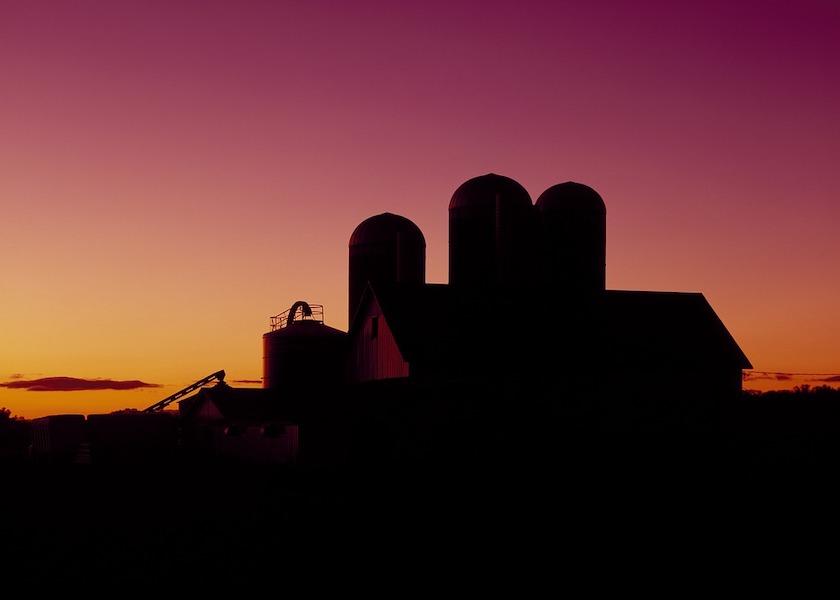5 Mega Trends for Dairy Farming in 2021...and Beyond

2020 was a year like no other. Following a year dominated by Covid-19, what can dairy farming expect moving forward? Covid-19 forced U.S. dairy producers to rethink the U.S. milk business, especially its dependency on fresh milk sales and food service cheese. It also exposed the vulnerability of dependence on external labour. Longer term emerging trends include the impact of veganism and the climate discussion. Here some of the trends that should shape the industry in 2021.
1.) Rise of the milk alternatives
Soy, almond, oat and rice drinks have appeared in most supermarkets, branded as ‘milk’ and marketed being healthier and more sustainable. Vegans and the lactose intolerant are unlikely to be large enough to drive change in the milk price s but the rise of the ‘flexitarian’ is a real challenge. Dairy alternatives will continue growing in 2021 with the term ‘veganuary’, describing people who made a New Year's resolution to spend the month eating vegan, rising in media coverage. A small UK survey of Brits 55% said they have increased the vegan alternatives in their diet since the lockdown. US plant-based ‘milks’ grew 5% in dollar terms in 2019, a trend that continues. While this level of growth is unlikely to replace much milk supply/demand is tight enough to make this more significant.
2.) China and global milk market
According to figures from the USDA, China will continue to import large volumes of dairy products in 2021, despite the expected 2021 increase in its domestic production by 4.5 percent. China’s imports of fluid milk, mainly pre-packaged Ultra Heat Treated (UHT) from the EU and New Zealand, are forecast at 1 Million MT in 2021, an annual increase of 5%. China will also import more cheese in 2021, mainly from New Zealand and Australia. The United States, the third largest cheese supplier, is expected to increase its cheese exports to China. The US and New Zealand will contribute to rising year-on-year global milk production and stock levels, putting downward pressure on dairy commodity prices and hence farmgate milk prices. Global milk prices will continue under pressure well into 2021 according to the Rabobank as a result of the pandemic.
3.) Covid-19 effect on dairy consumption
The Covid-19 pandemic has heavily affected the dairy sector in several ways, but the impact differs per region. Farmgate prices in all markets were seriously disrupted, seen in reports from China, Europe and the United States, but overall consumption of all dairy products increased during 2020, mostly during the forced lockdowns. For example India reported a 50-100 percent jump in sales in the month of April as household consumers returned to healthy, home-cooked meal options. UK cheese consumption increased by 48% during lockdown with homemade sandwiches and lunches. Conversely US supermarkets and grocery stores, historically the purchaser of dairy products, saw a decrease in demand.
4.) The climate debate
A new Administration in Washington, the US re-joining the Paris agreement, both spell inevitable renewed focus on agricultural greenhouse gases emissions and climate change. The dairy business needs to be prepared. While we can easily argue that farmers are always focussed on sustainability major dairy processors and research groups are worried how to prepare for inevitable questions. UC Davis Prof. Frank Mitloehner has answers to the questions of cows and climate. Read and be ready.
5.) Farm technology adoption
A flood of technology tools has come to market offering help dairy farmers become more efficient, profitable and sustainable. Covid-19 accelerated the speed of adoption, ranging from milking and feeding robots, cameras and sensors to watch cows and data solutions. Farm technology can help tackle major challenges such as worker shortages, increased production costs, and lack of operating capital. A recently published market report predicts AI in agriculture revenue of US$ 4 billion by 2026 but if 2020 was the year of the dairy robots and wearables, 2021 promises to be the year of camera vision for cows.
2021 promises to be one of the most disruptive for dairy. It pays to be prepared.







